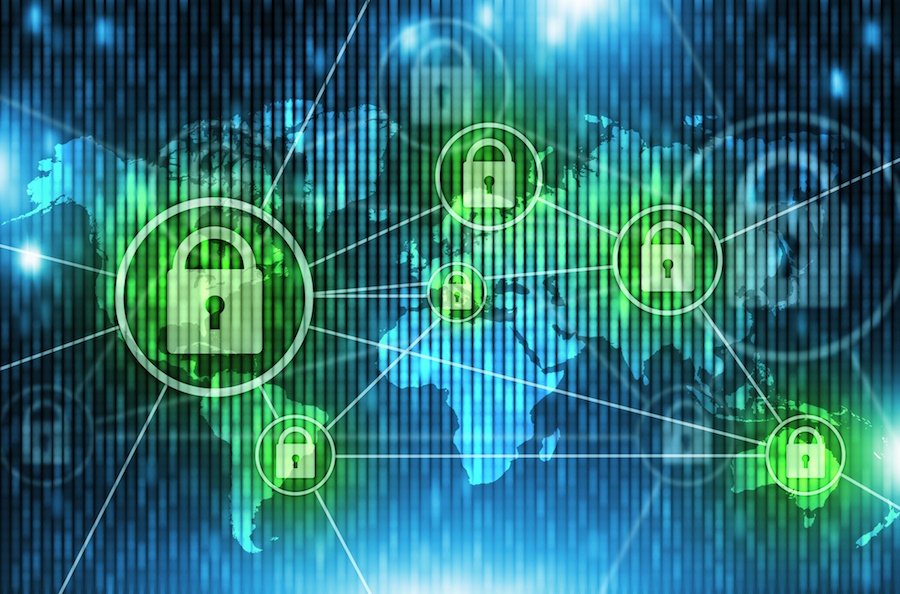The cyber security world evolves at a breakneck pace. For those not following closely, new developments can be unexpected and downright scary.
Davide Ferbrache, technical director of cyber security for KPMG, recently highlighted ten key trends in cyber security. Ferbrache’s observations, which we’ve summarized below, echo many of the same trends we pointed out in our Top Risks for 2017 report.
In today’s global and vastly interconnected economy, no organization is immune from cyber attacks. Keeping track of these trends is crucial for risk managers across all industries.

1. Conflicting regulations across borders
With more and more nations enacting their own measures on cyber security regulations, data breach notifications, etc. it’s becoming increasingly difficult for international firms to comply.
2. Cyber attacks aimed at nations (and increased government-telecom cooperation)
As the potential destructiveness of botnets and other cyber attack strategies grows, so too will the defense measures implemented by governments and enterprises working together.
3. Cyber crime exponential growth
Criminals will continue to make money with their old schemes of using ransomware, and phishing tactics. But their ranks will grow substantially as they take advantage of cheap labor internationally to do their bidding.
4. Sophisticated attacks increasing at financial institutions
In the wake of the Bank of Bangladesh heist, attackers will look to continue to exploit vulnerabilities in the world’s banks and other financial firms.
5. Cloud computing becoming the preferred choice
Cloud services have reached, and frankly surpassed traditional data storage methods as the most secure choice.
6. Executives demanding certainty
As cyber insurance becomes the standard amongst larger firms, executives are expecting to understand exactly the ROI of their investment into cyber security measures.
7. Breaking of barriers between fraud control and cyber security
The two traditionally distinct entities within an organization of fraud protection and cyber security are merging into one. The need for communication and cooperation in these two departments has never been more pressing.
8. The internet of insecure things
We will become much more aware that many of the devices we take for granted are really small computers with security issues.
9. The disappearance of passwords
With the rise of biometrics and multi-step verification systems, we will see passwords phasing out from favor especially from highly secure environments.
As technology evolves and so too do associated risks, organizations must take action to continuosly evaluate and mitigate cyber risk. How would your company and customer data fair if your organization fell victim to a breach?
{{cta(‘f459754f-24d1-4d0d-9010-b5b5083a94bd’)}}


